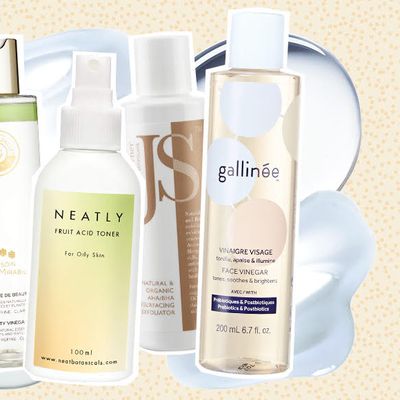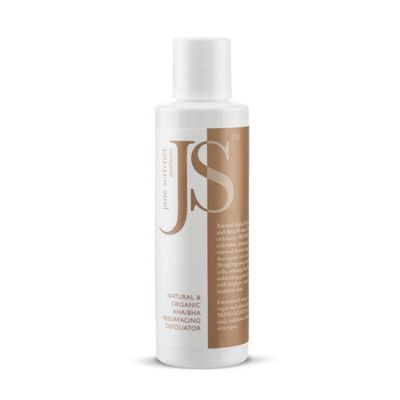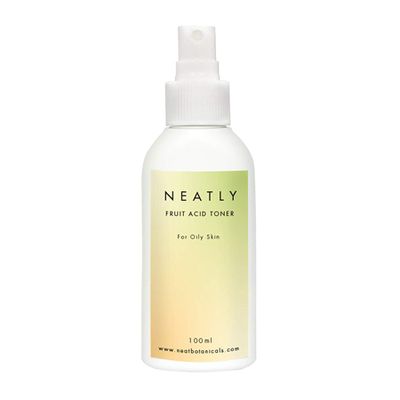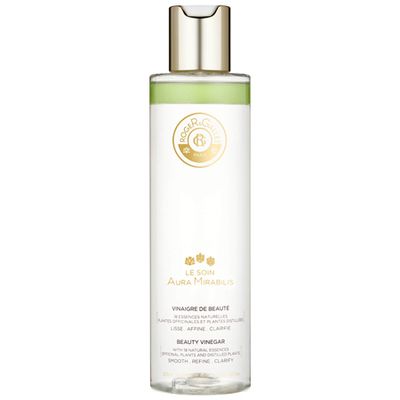
Why You Should Be Putting Vinegar On Your Face
So, What Exactly Are Face Vinegars?
Put simply, they are products based on vinegar that you can apply directly to your face. I would put them in the family of acid toners, as the scientific name of vinegar is acetic acid. Apple cider vinegar especially is rich in malic acid which is like alpha-hydroxy acid and has an exfoliating effect on the skin.
In Your Opinion, Why Have They Recently Soared In Popularity?
Vinegar is a hugely popular (and widely used) beauty ingredient in Korea, and it’s been reaching the West recently as well as a wave of fermented products. I love these types of ingredients that have a lot of heritage and have become somewhat forgotten. In France, we use vinegar a lot on our hair to make it shiny, and my grandmother uses it for absolutely everything. I believe it’s a trend you’ll start to see slowly seep its way into lots of your beauty products.
And Why Is It So Beneficial For Your Skin?
Vinegar is a produce of the bacteria ‘Acetobacter,’ so it’s an interesting prebiotic. It can lower the pH of the skin, and can have a gentle, purifying and astringent effect. It really helps to rebalance oily skin and reduces the size of pores over time. Hibiscus vinegar can be especially potent; this is typically where hibiscus flowers have been infused in apple cider vinegar. This process extracts some interesting actives from flowers – especially anti-ageing ones. Then there is the option of pure apple cider vinegar, which many use to clear blemishes and help with acne. It definitely can aid in reducing inflammation, but it should always be diluted first before applying it directly to the skin.
How Do You Introduce Vinegar In Your Routine?
They can usually be used in two ways: either as a normal toner, or on a cotton pad just after cleansing. Or, even as a splash mask in the morning to refresh and give a lovely, healthy glow. Whatever you do, always use it before you apply your serum, facial oil or moisturiser as it removes any excess cleanser that might remain on the skin and will reconfigure the skin’s pH while providing a light exfoliation. If you’re a little cautious about using vinegar on your skin, apply just once a week and slowly build up.
Any Other Key Things To Note?
When shopping for face vinegars, try to avoid any containing alcohol as it will be too drying and aggressive for the face, especially combined with vinegar. Look for ones that contain lactic acid for increased efficacy and prebiotics for their calming, soothing effects. I personally love how both these ingredients work to rebuild the skin barrier, so they’re great ingredients to have alongside vinegar.
Finally, Can All Skin Types Use Them?
Typically, they’ve been developed for oily and problem skin, though the gallinée face vinegar is recommended for both sensitive and oily skin types. This is because it has a soothing and anti-redness effect, on top of its purifying benefits. That being said, most skin types can get involved but it’s about being aware of the different potencies and what works best for you personally. More sensitive skin types should always opt for a diluted solution, a gentler pH version or simply mix their face vinegar with water.
Shop our top picks below...
DISCLAIMER: We endeavour to always credit the correct original source of every image we use. If you think a credit may be incorrect, please contact us at info@sheerluxe.com.



